


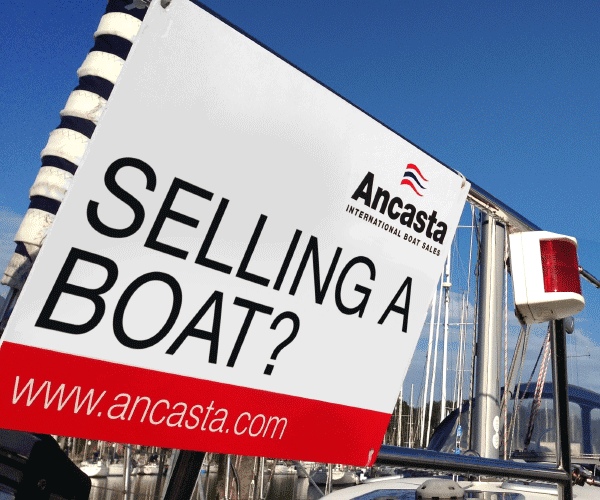
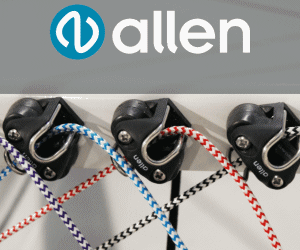
-(1)-202408140552.gif)
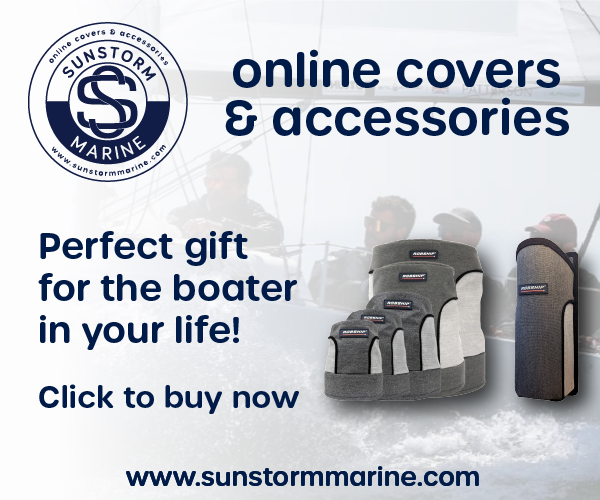
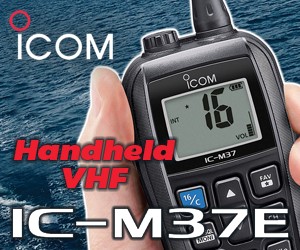
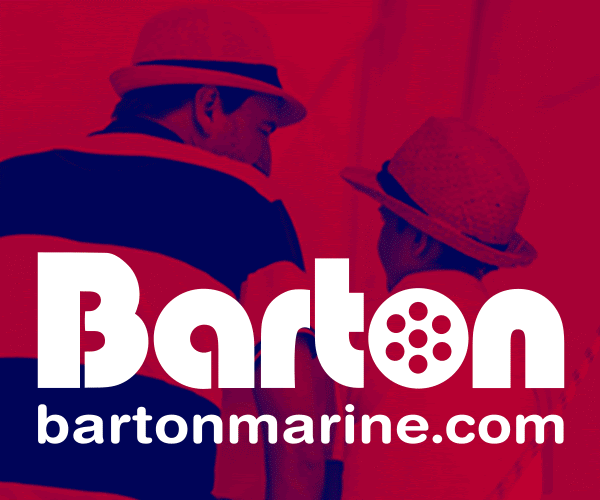


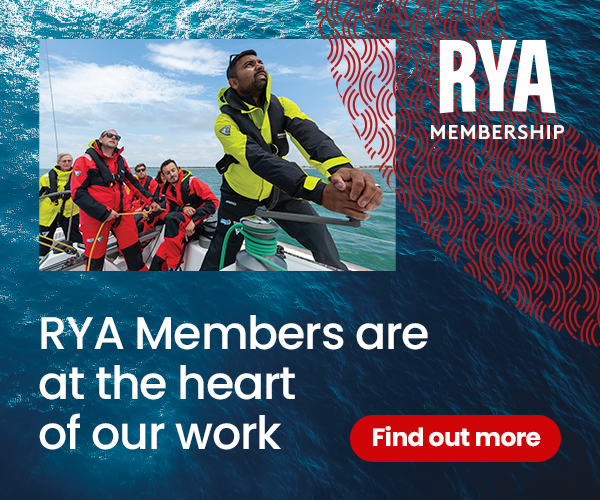
Boats for sale
| Rossiter Pintail Mortagne sur Gironde, near Bordeaux |
 |
| Laser 28 - Excellent example of this great design Hamble le rice |
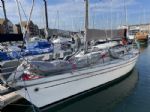 |
List classes of boat for sale |
Tell me about T foil rudders. |
Post Reply 
|
Page 123 5> |
| Author | ||
Granite 
Far too distracted from work 

Joined: 12 May 04 Location: Scotland Online Status: Offline Posts: 476 |
 Post Options Post Options
 Quote Quote  Reply Reply
 Topic: Tell me about T foil rudders. Topic: Tell me about T foil rudders.Posted: 04 Nov 20 at 9:20pm |
|
|
If you put it at the front of the foil then there is less of a moment arm pushing the bow down.
I have read that by having the T sticking out by about a third it means that the low pressure of the T is located at the high pressure area on the rudder. In theory it reduces the pressure gradient, and should be lower drag. |
||
|
If it doesn't break it's too heavy; if it does it wasn't built right
|
||
 |
||
423zero 
Really should get out more 
Joined: 08 Jan 15 Location: United Kingdom Online Status: Offline Posts: 3420 |
 Post Options Post Options
 Quote Quote  Reply Reply
 Posted: 03 Nov 20 at 9:56am Posted: 03 Nov 20 at 9:56am |
|
|
I would go fore, as you mentioned, it will be in cleaner water, will still have some turbulence from centre board.
|
||
|
Robert
|
||
 |
||
ThomasShepherd 
Newbie 
Joined: 31 Dec 17 Online Status: Offline Posts: 3 |
 Post Options Post Options
 Quote Quote  Reply Reply
 Posted: 03 Nov 20 at 7:21am Posted: 03 Nov 20 at 7:21am |
|
|
Posting here on an old thread as I'm building a tfoil rudder for my Farr3.7 . Not here to debate the pros and cons it may be a stupid thing to do from a race winning perspective but I want the experience of both building it and sailing it.
It will be pintle adjusted and plan A was to put the foil on the trailing edge, but I've been wondering since about putting it on the front edge out of any turbulence caused by the rudder blade. Now that's got me wondering about placement relative to the stern wave. The leading edge of the rudder will be hung off a gantry 9.5" off the transom. The rudder is pretty fat and going with the rear mounted option would put the leading edge of the foil about 14" off the transom. Should I go fore or aft mounted?
|
||
 |
||
andymck 
Far too distracted from work 
Joined: 15 Dec 06 Location: Stamford Online Status: Offline Posts: 397 |
 Post Options Post Options
 Quote Quote  Reply Reply
 Posted: 15 Feb 18 at 1:37pm Posted: 15 Feb 18 at 1:37pm |
|
|
We had a standard composite craft rudder.
I am sure jo Richards would talk to you about it. He is probably still a class member. Otherwise Tom S Andy |
||
|
Andy Mck
|
||
 |
||
Guests 
Guest Group 
|
 Post Options Post Options
 Quote Quote  Reply Reply
 Posted: 15 Feb 18 at 9:01am Posted: 15 Feb 18 at 9:01am |
|
Peaky is right... The last cup they had a limit (3 degree offset) of rake on the rudders and the main windward foil couldn't be in the water. The rule was to stop the boats generating a huge righting moment through down-force with the windward foils (because of structural and safety risks). To get around this, the boats ran a bow down mode to limit lift from the windward rudder once up to speed. But more than just bow down, it was twist. The platform was twisted so the windward hull was more bow down allowing the windward rudder to generate down-force and righting moment, all whilst the leeward hull was much closer to horizontal trim. The hulls were pretty much one design, but the fairings were open. If they wanted to generate downforce from the hull (crossbeams) they could have just set the aero fairings up with that angle of attack with the hulls in horizontal trim. The bow down attitude was definitely a byproduct of specific rules and I don't think we know anything that specific about the new boat rules to conclude they'll do the same again. Read here from the section being "The balance of transverse forces". Thee are some other quotes from the design team quoting the % of righting moment generated by twisting the hulls and the rudder.
Edited by mozzy - 15 Feb 18 at 9:13am |
||
 |
||
ifoxwell 
Really should get out more 
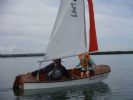
Joined: 05 Jan 06 Location: Hoo Online Status: Offline Posts: 669 |
 Post Options Post Options
 Quote Quote  Reply Reply
 Posted: 15 Feb 18 at 8:44am Posted: 15 Feb 18 at 8:44am |
|
Hi Andy Thanks for your input, what kind of profile do the DCB and other quick 12's use...? Ian
|
||
|
RS300
|
||
 |
||
Guests 
Guest Group 
|
 Post Options Post Options
 Quote Quote  Reply Reply
 Posted: 15 Feb 18 at 2:18am Posted: 15 Feb 18 at 2:18am |
|
|
||
 |
||
Guests 
Guest Group 
|
 Post Options Post Options
 Quote Quote  Reply Reply
 Posted: 15 Feb 18 at 1:01am Posted: 15 Feb 18 at 1:01am |
|
Hmmm, I don't see a general aerodynamic benefit to being bow down. The cats were bow down due to a rule limiting the range of play in the rudders as I understand it. Not sure I fully understand the rest of the argument - the lift of the combined foil set up has to be longitudinally in the right place, but that won't require a forward rudder. A forward rudder would be friskier though, likely leading to more small movements which is slow, unless a very good control system was fitted to filter out unnecessary action. The Bethwaites experimented with a bow mounted T foil rudder on the 49er. There |
||
 |
||
andymck 
Far too distracted from work 
Joined: 15 Dec 06 Location: Stamford Online Status: Offline Posts: 397 |
 Post Options Post Options
 Quote Quote  Reply Reply
 Posted: 14 Feb 18 at 8:25pm Posted: 14 Feb 18 at 8:25pm |
|
|
I first remember T foils appearing in moths. some of the later Magnum designs. These I think were fixed to try and reduce nose diving. I remember Simon Nelson trying a moth one on a N12 back then.
I think there is a big difference between N12 and I14 use of T foils. On the DCB we tended to have it switched on almost all the time. It did control pitch very well and you could induce a bow up position especially to get the nose over small waves before then going for more lift for a faster more level planing mode. This reacted very much in the same way as outboard trim on a RIB. Once going it was just a case of sitting as close to the rudder a you could. As a result we moved back earlier. The boats with less rocker would need to back off of they had a nose diving tendency. The dihedral swept back and up foil induced stability in a similar way to light aircraft. It also reduced the weed issues as a wiggle got rid of any. The N12 foils are set closer to the surface than I14, and I think at lower speeds the stern wave effect is important. We rarely got to the point we needed to back off on the foil, which is not what I hear from I14 sailors who with greater speed can generate more lift. I wonder if the t foil reduces the extreme wheelies you see in 18ís To get an idea of loads we were breaking fittings with about 500kg rating and the ones we ended up with were about double that. We certainly got on the plane earlier and got longer than non t foils. It also allowed heaviier teams to be a little more competitive. Andy |
||
|
Andy Mck
|
||
 |
||
ifoxwell 
Really should get out more 

Joined: 05 Jan 06 Location: Hoo Online Status: Offline Posts: 669 |
 Post Options Post Options
 Quote Quote  Reply Reply
 Posted: 14 Feb 18 at 10:36am Posted: 14 Feb 18 at 10:36am |
|
|
This was my take on it as far as 12's go... happy to be corrected if others think differently, I'm no expert on the subject
|
||
|
RS300
|
||
 |
||
Post Reply 
|
Page 123 5> |
| Forum Jump | Forum Permissions  You cannot post new topics in this forum You cannot reply to topics in this forum You cannot delete your posts in this forum You cannot edit your posts in this forum You cannot create polls in this forum You cannot vote in polls in this forum |
Bulletin Board Software by Web Wiz Forums® version 9.665y
Copyright ©2001-2010 Web Wiz
Change your personal settings, or read our privacy policy
Copyright ©2001-2010 Web Wiz
Change your personal settings, or read our privacy policy












 Printable Version
Printable Version Delicious
Delicious Digg
Digg Facebook
Facebook Furl
Furl Google
Google MySpace
MySpace Newsvine
Newsvine reddit
reddit StumbleUpon
StumbleUpon Twitter
Twitter Windows Live
Windows Live Yahoo Bookmarks
Yahoo Bookmarks Topic Options
Topic Options